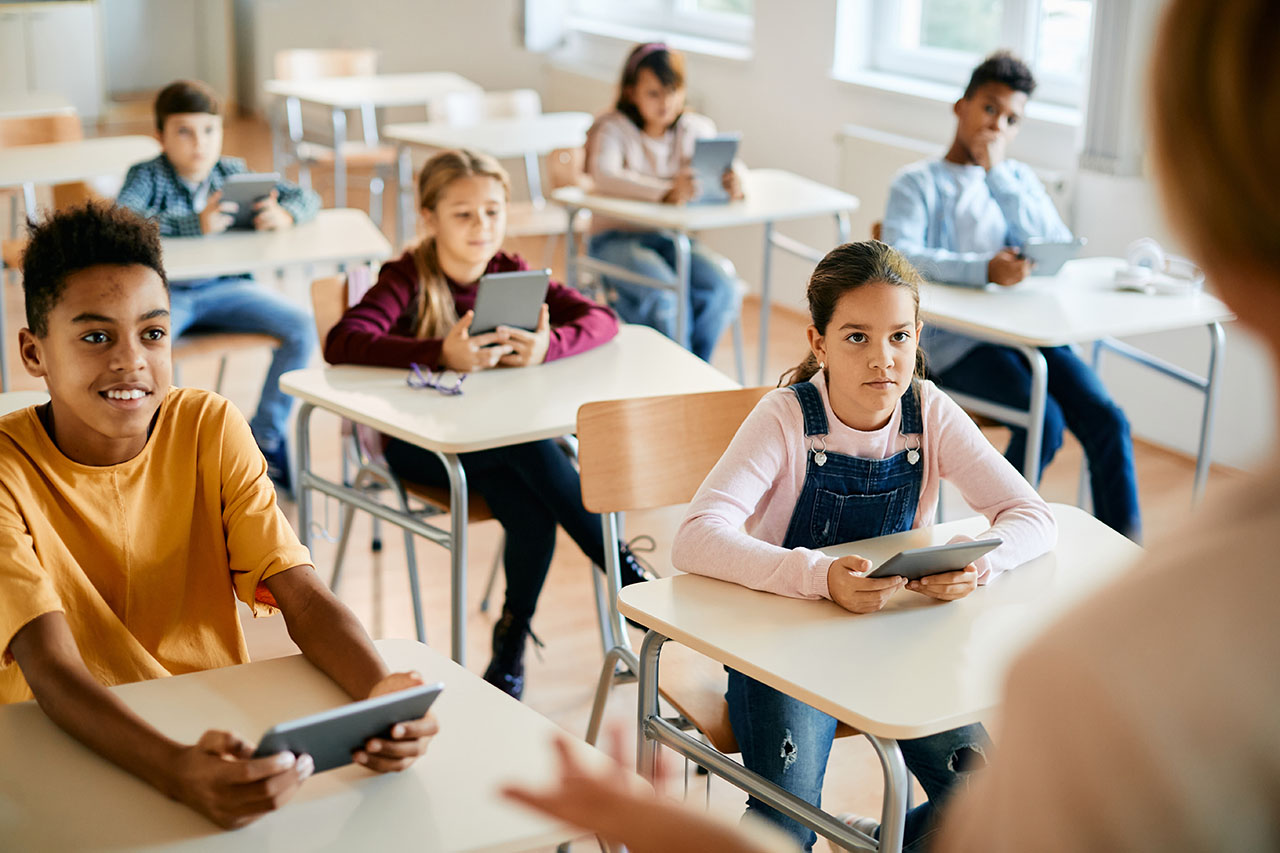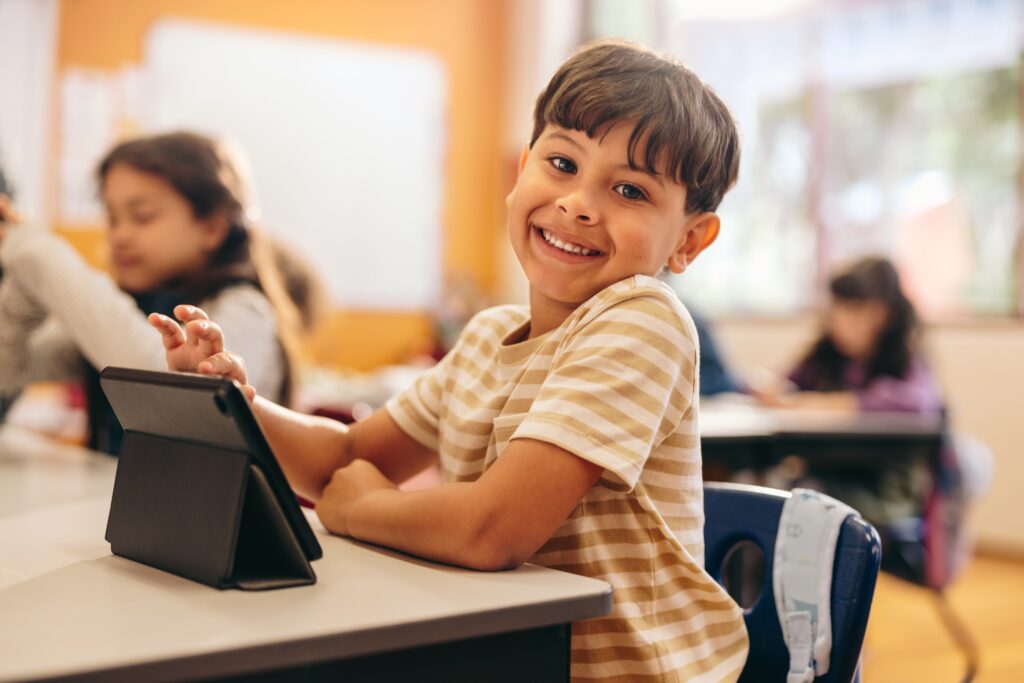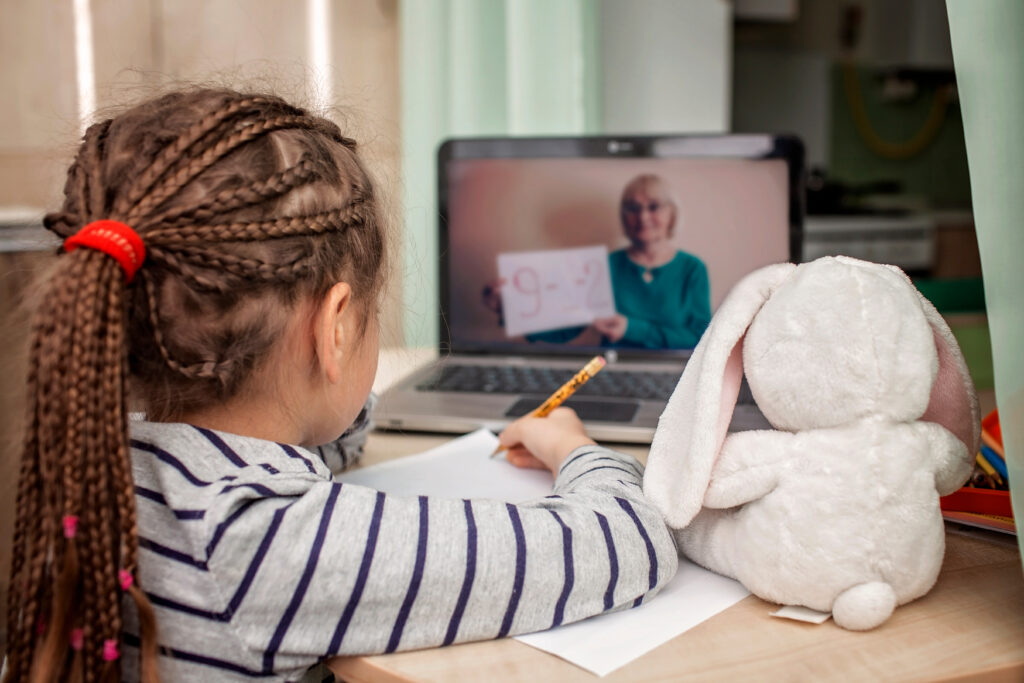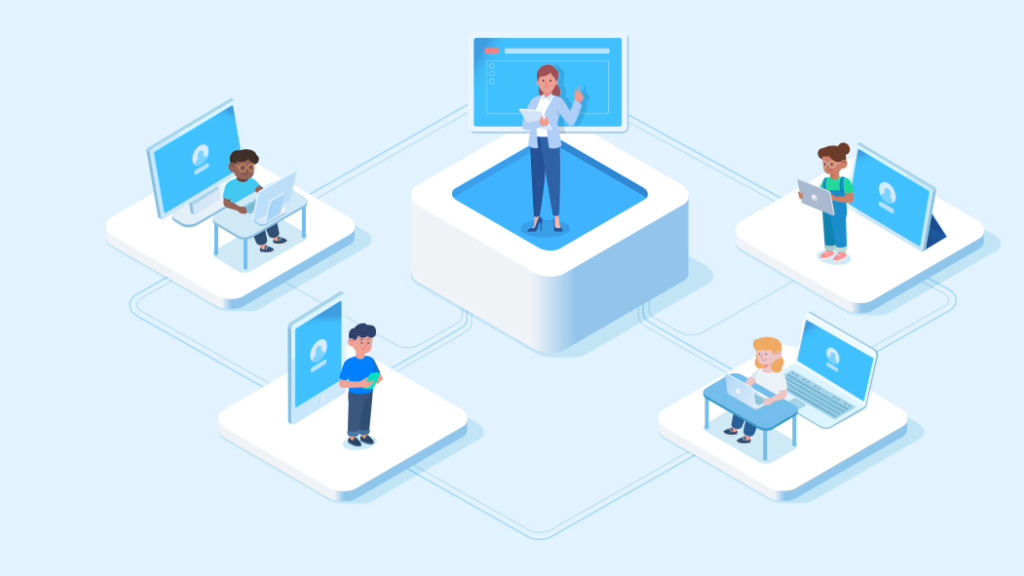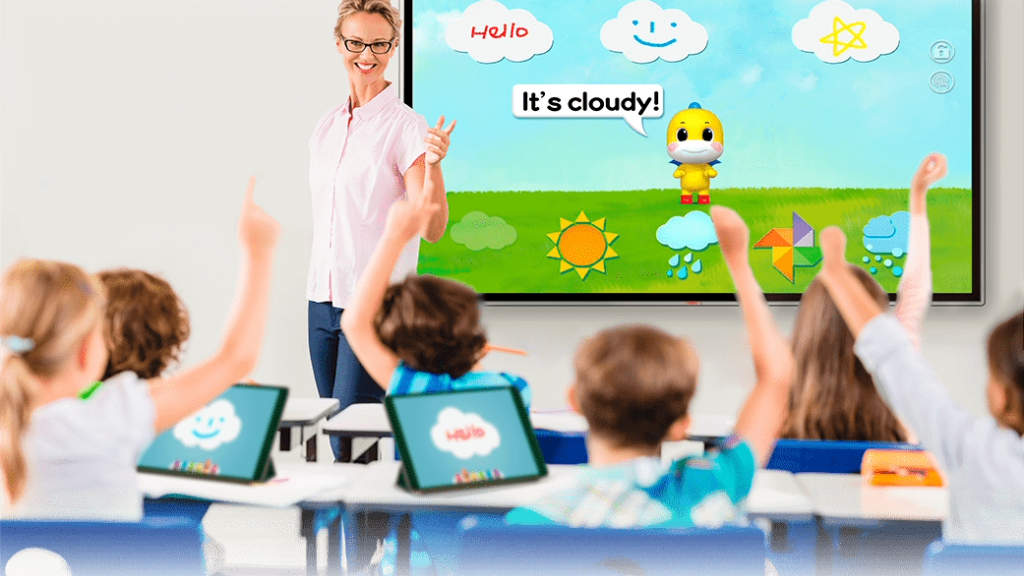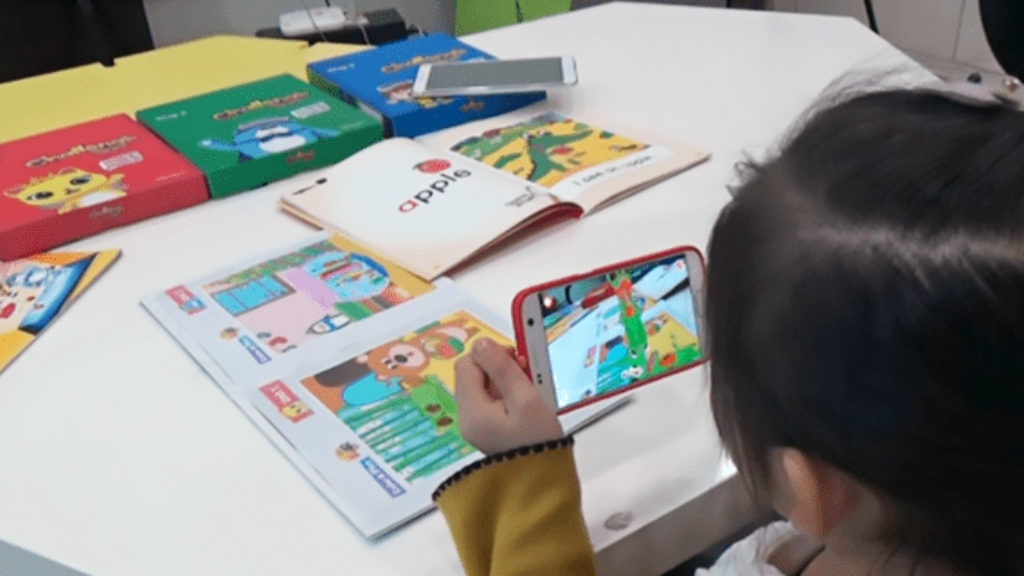What is Blended learning?
Concept and definition
Blended learning refers to a method that combines online or digital components with face-to-face instruction. Also referred to as hybrid learning, it is an educational approach integrating online educational resources and interactive online opportunities into the traditional classroom.
Unlike online-only learning, blended learning requires the physical presence of both teacher and student, with some elements of student control over time, place, path, or pace. Students attend offline classrooms with teachers like traditional classrooms. However, unlike the typical classroom, computer-mediated activities are integrated into the content and delivery.
Digital devices such as computers and smartphones are necessary for today’s communication and business. Therefore, integrating technology into the classroom can go a long way in helping students improve their academic achievement.
History
The terms ‘Blended Learning’, ‘Hybrid Learning’, ‘Technology-mediated Instruction’, ‘Web-enhanced Instruction’, and ‘Mixed-mode Instruction’ are often used interchangeably.
Although the concept of blended learning was developed in the 1960s, it was until the late 1990s that it took its current meaning.
Blended learning first emerged as an alternative to instructor-led training. It caught the attention of the education industry because it offered the opportunity for one instructor to teach many people. Later, in 1999, the education business ‘Interactive Learning Centers’ officially announced in a report that it would provide Internet courseware using the company’s blended learning methodology.
Advantages of blended learning
Improve student achievement
It would be difficult to say that all students can concentrate during online classes. Some students may pretend to look at the screen but are actually doing other activities. It is also common for students to turn off their cameras and leave the room.
On the other hand, blended learning can lead to higher student achievement than face-to-face learning. The reason is that teaching methods incorporating digital technologies can increase student engagement and focus. Finally, it can improve students’ attitudes toward the learning process.
Examples of blended learning include adaptive technologies, personalized learning paths, and intelligent tutoring systems in traditional classrooms. Students can complete lessons at their own pace, receive personalized feedback, and have teacher support when needed. By adapting to individual needs, blended learning can lead to self-optimized classes and improve performance without private tutoring.
Combining digital with face-to-face instruction allows teachers to identify and support students who need individualized attention, enabling them to engage in education and reach their potential.
Immediate feedback through data
Blended learning is at the intersection of online classes, e-learning, traditional teaching methods, online feedback, and assessment. Blended learning can improve communication between teachers and students. In particular, it can help overcome the lack of communication that exists in online classes.
Blended learning simplifies administrative processes and reduces the need for excessive paperwork, manual assessment, and data entry. Learning management systems (LMS) and online tools allow to automatically track student progress, digitally grade assessments, and provide feedback more efficiently.
Reduction of education costs
Traditional classrooms require significant resources, including physical infrastructure, textbooks, and supplemental materials. However, educational institutions can optimize these resources by using digital tools and online platforms through blended learning. Educational institutions can take advantage of online resources to significantly reduce the cost of physical infrastructure, such as expanding classrooms or constructing new buildings.
In addition, traditional classroom models are often limited in size and schedule. In contrast, Hybrid learning offers scalability and flexibility. The advantages are as follows.
- Online components such as video lectures or interactive modules are easily accessible and can be viewed repeatedly by students, eliminating the need to hire additional teachers or assistants. This scalability allows institutions to accommodate more students without incurring excessive costs.
- The flexibility of blended learning allows students to access the material at their own pace, according to their own needs. Students can also review the content outside class time, eliminating the need to set up additional classrooms for supplementary classes, and reducing the associated costs.
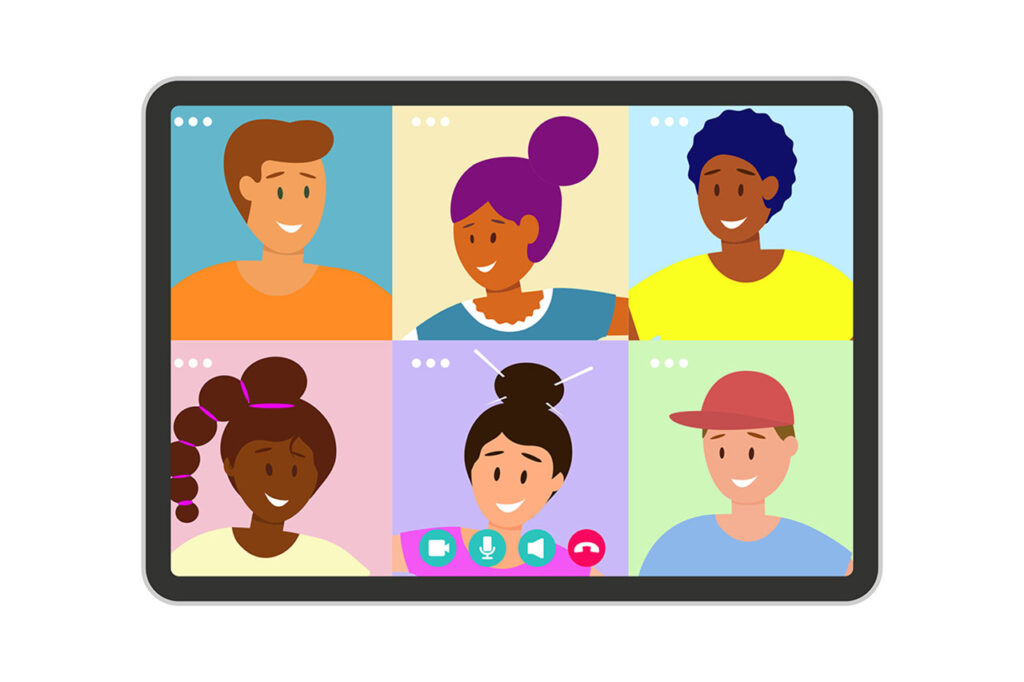
Limitations of Blended Learning
Limited infrastructure and resources
Blended learning relies heavily on technology and Internet access. However, not all students and educational institutions can readily obtain reliable Internet access and the necessary hardware. These digital gaps create disparities in learning opportunities and hinder the successful implementation of blended learning.
Teachers also play an important role in creating a good blended learning environment. However, many teachers lack the necessary training and support to effectively integrate technology into their teaching practices. In modern education, blended learning is nothing new or unknown, and it should be something that every teacher tries at least once.
Solution: Educational institutions must invest in improving technology infrastructure and ensure equal access to devices and Internet connection for all students. They must also provide ongoing support for teachers to freely use online tools, design engaging digital content, and effectively manage blended classrooms.
Quality of learning
A wide range of online resources and content is available for implementing blended learning. From this, teachers must select high-quality materials that fit their curriculum. Careful content selection and a regular review process are essential to ensure that students have access to accurate and up-to-date information.
If online content is inadequate or fails to improve student engagement, students may feel disconnected from the learning process. To avoid this problem, teachers must organize content that promotes active learning and collaboration. Also, they must combine strategies to create interactive and stimulating activities.
Solution: teachers must organize content that promotes active learning and collaboration. In parallel, they must develop a strategy for designing interactive and stimulating activities. Meanwhile, institutions must set standards for content quality and select online content that teachers can use effectively.
The importance of EdTech for improved blended learning
Although blended learning offers many benefits and cost-saving opportunities, it is crucial to recognize and address limitations and opportunities for improvement. Experts actively suggest the use of EdTech solutions to overcome the limitations of blended learning.
Here is why EdTech can help improve blended learning:
- Flexibility
- EdTech solutions provide the flexibility needed to create a blended learning environment.
- EdTech solutions allow students to learn at their own pace.
- Teachers can provide personalized lessons based on each student’s needs.
- Access to resources
- EdTech solutions provide students and teachers access to many resources beyond the traditional classroom (e.g., videos, podcasts, interactive tools).
- Students delve deeper into topics and engage with the material in more meaningful ways.
- Cooperation
- EdTech solutions enable collaboration and communication between teachers and students, and between students.
- They foster a sense of community and encourage students to solve problems together by removing the feeling of being disconnected from the class.
- Assessment
- EdTech solutions provide tools for assessment and evaluation.
- Teachers can monitor student progress and adjust lessons as needed.
- EdTech solutions help students achieve their learning goals and ensure learning progress.
- Personalization
- EdTech solutions enable personalized education for each student based on their individual learning needs and preferences.
- They help engage and motivate students in learning.
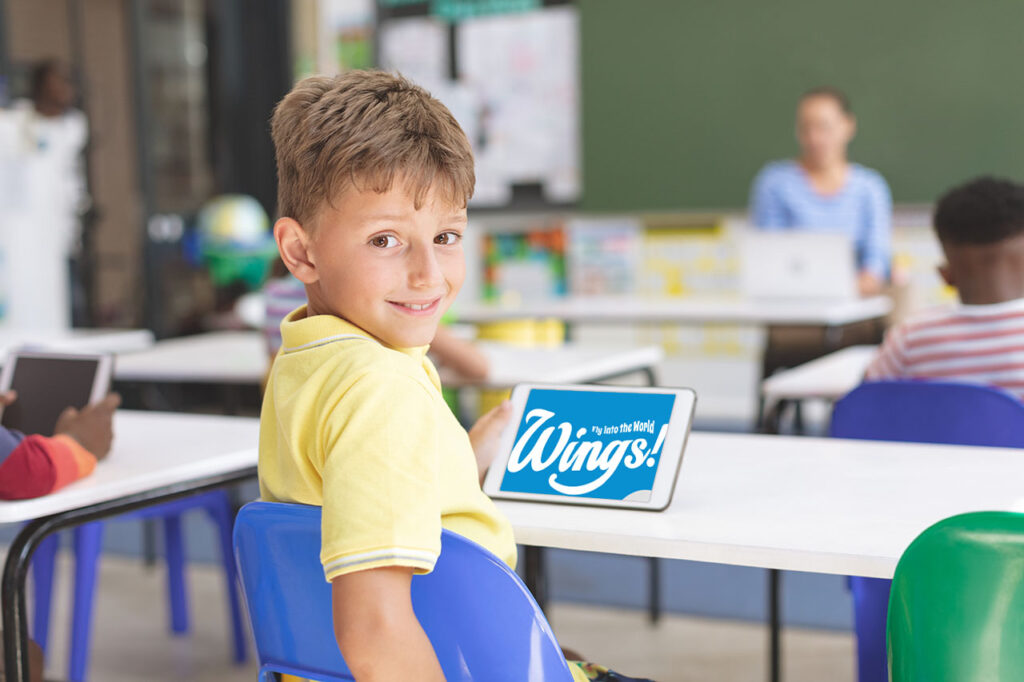
Blended learning proposal using EdTech solution AllviA
AllviA is an EdTech solution developed by the Korean company VISANG EDUCATION. It supports active two-way learning between students and teachers, helping to maximize learning outcomes.
AllviA solutions can play an important role in creating a blended learning environment.
Learning Management System
Blended learning offers many different forms of assessment opportunities. However, designing and implementing effective assessments in a blended learning environment can be complex. For this reason, many educational institutions are investing in assessment strategies or tools aligned with the goals of blended learning.
AllviA’s LMS is a software application that allows teachers to manage and organize learning materials, assignments, and assessments in one place. It is designed to provide timely and meaningful feedback by aligning learning and assessment.
Using video conferencing software
Blended learning requires a change in pedagogical approaches compared to traditional teaching methods. Teachers must adapt their instructional strategies to take advantage of the unique opportunities offered by online content and integrate it seamlessly with face-to-face lectures.
Video conferencing software such as Zoom or Google Meet allows teachers to set up virtual classrooms and conduct live lectures and group discussions in real time. With AllviA’s solutions, you can take advantage of both face-to-face and online lectures. Students can interact with peers and teachers regardless of their location.
Engaging content
Content that increases student engagement is critical in blended learning because it encourages active participation, motivation, and a deeper understanding of a topic. Engaging content can capture and maintain students’ attention throughout the learning process. They also have the advantage of instilling a sense of ownership and relevance by tailoring it to students’ individual needs, interests, and learning styles.
AllviA’s solutions can increase student engagement and motivation by integrating games into lessons. Incorporating various multimedia components such as videos, animations, infographics, and interactive simulations is suitable for using engaging content in blended learning. These multimodal resources can address different learning preferences and enhance understanding by providing information in multiple formats. This approach improves knowledge retention and comprehension while appealing to visual, auditory, and kinesthetic learners.
In addition, the content included in AllviA facilitates the application and transfer of knowledge to real-world situations. Solid and relevant examples or case studies allow students to relate theoretical concepts to real-world situations. Deep understanding, critical analysis, and the ability to apply knowledge in different contexts are the greatest value in a blended learning environment.
Encouraging collaboration and increasing initiative
Collaboration is essential in blended learning. AllviA’s engaging content encourages collaboration and interaction among students. Imagine students leading online discussions, group projects, or virtual simulations. Students can actively engage with their peers, share ideas, and work together to solve problems. This promotes social learning and improves communication skills.
The content of AllviA also promotes active student learning. Critical thinking is encouraged as students analyze, evaluate, and apply their knowledge. Active participation in the learning process improves comprehension and retention. AllviA’s solutions provide students with access to a variety of digital resources, such as e-books and videos. They can engage with different materials and styles that suit them, building an active and autonomous learning environment.
Why blended learning and EdTech are the future of education
In summary, EdTech solutions are essential for creating effective personalized and blended learning environments.
Choosing a well-developed EdTech solution can take traditional classroom education to a new level. In addition, students can learn social skills and strengthen their communication skills through communication and collaboration.
In addition, it provides teachers with insights into learning. The rich content included in EdTech solutions fills curriculum gaps and provides teachers with built-in tools for better instruction. Many teachers are already actively using blended learning and EdTech solutions to increase student engagement!
AllviA believes EdTech can play a big role in motivating students to stay interested in learning. By using AllviA’s solutions, you will be able to create richer and more active lessons than ever before. We hope this content has given EdTech entrepreneurs some insight!

